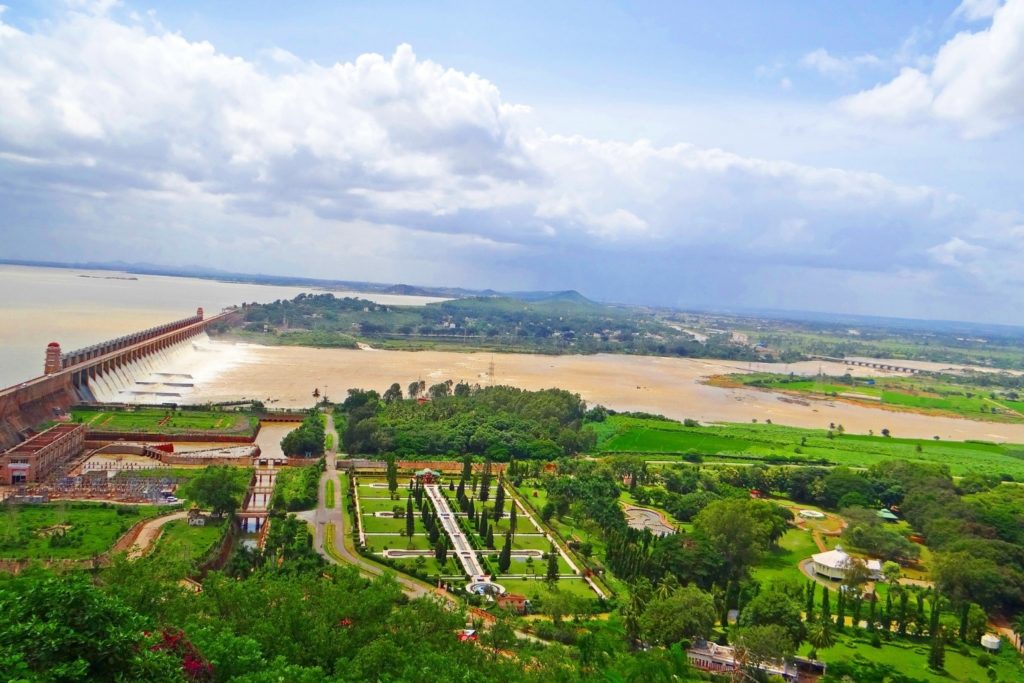
NEW DELHI – As the world moves on to other matters following World Water Day, the World Water Forum, and Cape Town’s postponement of ‘Day Zero’ until 2019, a global water crisis continues, nonetheless. A crisis already exists for many people in South Asia and there are indications that conditions could get worse before they get better.
When a water shortage occurs in one specific locale, it is much easier to define the cause and to remedy it. The smaller the locale, the easier it is to address the problem. The broader the affected area, the more difficult it can be to define the underlying issues and exponentially more difficult to address them. South Asia is one of those large-scale areas where people live on or beyond the brink of a growing water crisis. Consider these few facts.
- Apart from in Bhutan and Nepal, South Asia’s per capita water availability is already below the world average. The region could face widespread water scarcity — less than 1,000 cubic meters available per person according to a South Asia water expert in Washington, DC.
- Bangalore, Karachi and Kabul are among the 10 cities in the world that are “on the verge of an imminent water crisis”, according to a report last month by the Centre for Science and Environment (CSE), a research and advocacy group based in New Delhi.
- Nearly 163 million people among India’s population of 1.3 billion — or more than one in 10 — lack access to clean water close to their home, according to a 2018 WaterAid report.
- Almost 600 million people in India are at high risk of being unable to continue relying on surface water — including in the country’s northwest and south, where much of the country’s staple wheat and rice are grown, according to the World Resources Institute.
- Water supply in India may fall 50 per cent below demand by 2030, the Asian Development Bank has forecast.
Those looking to cast blame cite all sorts of causal conditions. The earthquake in Nepal changed the course and access to previous water sources. The ‘Day Zero’ scare in Cape Town was, in large part, a result of a season of persistent drought. In some cases, particularly across national borders, upstream water control efforts adversely affect people living downstream. The construction of dams on major rivers can have serious implications for millions living downstream. This has been the case for countries like China, Tibet, India, and Bangladesh.
No matter what particular cause or causes contribute to a lack of water across parts of South Asia, the fundamental issue is there is not enough water available to support the growing population. Conversely, the population is outgrowing the water resources available. But the issue is, really, much more complex. Population shifts affect the ability of water authorities to have any lasting control. The Diplomat reports that in Bangladesh, like many other countries, “the water supply in major cities is the responsibility of city authorities, but in rural areas that authority is missing.”
- Demand for water in the capital Dhaka is 2.2 billion liters a day, while production is 1.9 billion liters a day.
- Chittagong, the second largest city, supplies 210 million liters each day against demand for 500 million liters.
Press releases from the Government of India Press Information Bureau have reported measurable percentage declines in 91 major reservoirs for several months. Water levels are reported to be at an average of 23% of capacity.
The News Observer summed up the situation, observing that all of this is . . . due to overpopulation and nothing else. Simply put, the [population of South Asia] is [growing] so fast that the natural resources of their lands are unable to sustain such rapidly growing populations.
Sources:
- Government of India Press Bureau, various press releases
- Total UAE, As water shortages grow, ‘Day Zero’ becomes every day in India
- New Delhi Times, Cape Town’s Forever Changed by Brush with Water Crisis
- NDTV, Taps Run Dry As Village In Madhya Pradesh Battles Acute Water Crisis
- The Third Pole, Understanding Asia’s Water Crisis
- The New Observer, Third World Water Shortages
- The Diplomat, Bangladesh’s Persistent Water Crisis
For more details on water problems around globe globe, visit Gospel for Asia’s Special Report on the Global Clean Water Crisis.
For more information about this, click here.

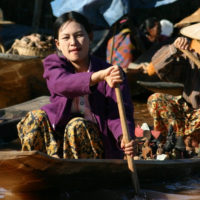
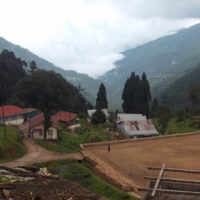
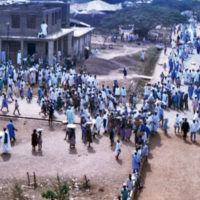
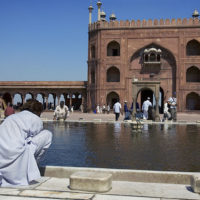
One comment